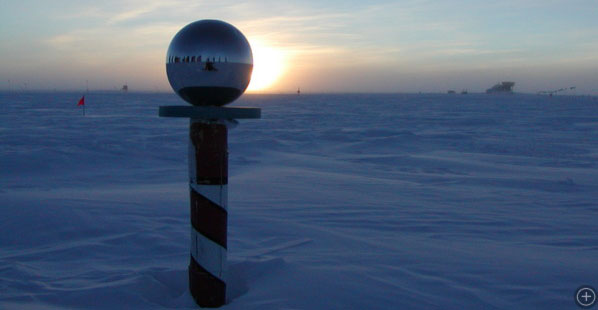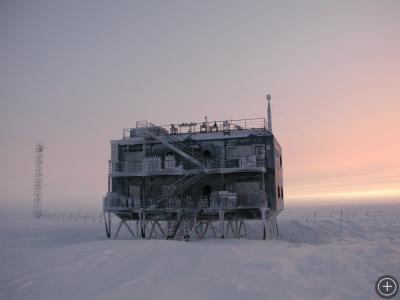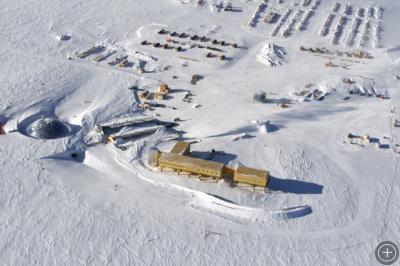
Measuring Global CO2 from the Cleanest Air on Earth
NOAA’s Atmospheric Research Observatory (ARO) at the South Pole is part of a network of stations around the world that monitor properties of the earth’s atmosphere. This station is part of NOAA’s Earth Systems Research Laboratory (ESRL), Global Monitoring Division (GMD) located in Boulder, CO. Some of the items that GMD monitors are aerosols, radiation, carbon cycle gases (CO2), ozone and water vapor, as well as halocarbons and other trace gases. NOAA has been maintaining some of these measurements, including tracking the increasing concentration of carbon dioxide in the atmopshere, dating back to the International Geophysical year of 1957 giving more than 50 years of continuous data.
Long term data is extremely useful when studying the earth’s climate. Due to climate’s high variability, it is necessary to have a long set of continuous data to pick out trends and to help predict the state of the atmosphere in the future. Because it is in such a remote location, far from any source of emissions or human activities, the ARO gives scientists a baseline level of the global average measurements. Air at the South Pole is the “cleanest on earth,” free of local influences from humans such as factories and cars, as well as natural effects from things like volcanoes.













